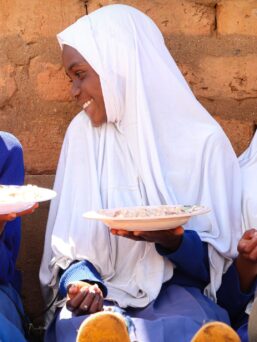In March 2022, the Alliance for Child Protection in Humanitarian Action (ACPHA) released the Child Labor Learning Package to complement and support the roll-out of The Inter-Agency Toolkit: Preventing and Responding to Child Labor in Humanitarian Action. The learning package aims to provide a wide array of resources to help humanitarian actors, including child protection practitioners, build the required knowledge and skills to target or integrate child labor into their humanitarian interventions. The learning package has been designed to strengthen coordination and collaboration between child labor actors, including development, government, local, national, international, civil society, and community actors.
What is the structure of the learning package?
The learning package consists of a facilitator’s guide, an accompanying resource sheet, and a package slide deck, all broken down into 15 sessions. The first eight sessions starting with an introduction, are for all humanitarian actors. The subsequent four sessions are for child protection actors, while the last three sessions are for other actors, including development and community actors.
The learning package has been developed to include self-taught activities and face-to-face or remotely facilitated live sessions. It has been designed to be interactive and participatory in line with adult learning principles and involves group and scenario/case-based activities. Time for feedback, discussion, and sharing of technical standards is integrated throughout the sessions. An optional pre-and post-test is provided for those who might require it for reporting purposes. Furthermore, the learning package offers the opportunity for sharing experiences and developing appropriate action plans.
Who can use the learning package?
The various components of the learning package could be taken by anyone interested in learning basic concepts of child labor, knowing more about the impact of child labor, and harnessing an understanding of prevention and response action to child labor. The learning package in its entirety has been developed to build the capacity of actors who want to support child labor preparedness and response actions, including government personnel, national and international non-governmental organizations, civil society organizations, UN agencies, community organizations, and humanitarian forums coordinators, etc.
Can the learning package be contextualized?
Yes, the learning package can be contextualized.
It could be used in various contexts (global, regional, country, or sub-national level, single sector, multi-sector, for humanitarian actors, or government partners). There are icons used throughout the package to indicate where the materials will need to be contextualized. Additionally, each training session in the package has a ‘preparation section’ which contains notes on what to contextualize in that session.



